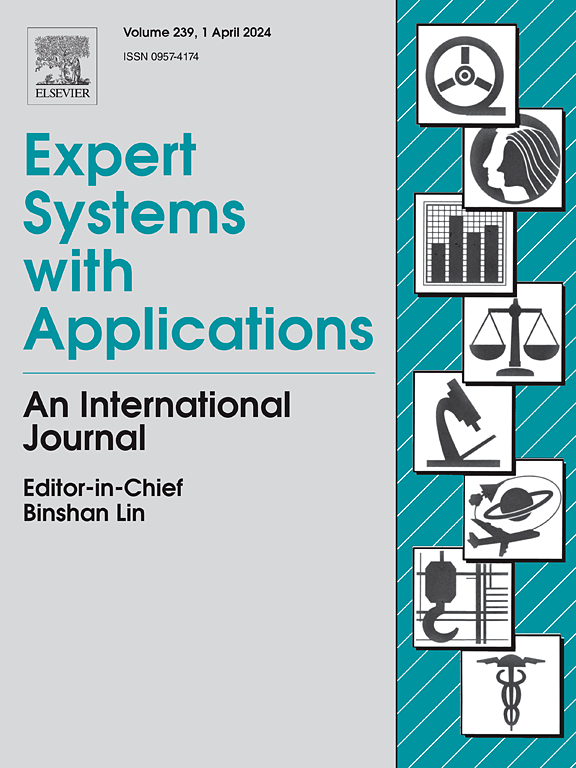EfficientFaceV2S: A lightweight model and a benchmarking approach for drone-captured face recognition
IF 7.5
1区 计算机科学
Q1 COMPUTER SCIENCE, ARTIFICIAL INTELLIGENCE
引用次数: 0
Abstract
Face recognition in aerial imagery encounters distinctive challenges, including low resolution and varying pitch angles. The influence of image quality, particularly resolution, on the performance of existing face recognition systems is well established. However, limited exploration exists regarding the performance of FR models on drone-captured images, primarily due to the scarcity of suitable datasets. To address this gap, our study investigates the efficacy of face recognition models when applied to drone-captured facial images. We utilize state-of-the-art lightweight and large models, evaluating them across three drone-captured benchmarks and one dataset focused on low resolution. To ensure a comprehensive evaluation, we additionally adopt seven widely recognized benchmarks, which are artificially downsampled and rotated to simulate the impact of distance and altitude on the view from a drone to a target. Our results highlight a substantial decrease in accuracy across all FR models in these challenging scenarios. In response to this challenge, we introduce a model, EfficientFaceV2S. The proposed EfficientFaceV2S model demonstrates consistent performance across all benchmarks while imposing minimal computational demands. This makes it particularly suitable for real-time and resource-constrained applications. The significance of our work lies in the development of EfficientFaceV2S, which effectively addresses the unique challenges posed by drone-captured images, offering significant improvements in accuracy and efficiency over existing models.
求助全文
约1分钟内获得全文
求助全文
来源期刊

Expert Systems with Applications
工程技术-工程:电子与电气
CiteScore
13.80
自引率
10.60%
发文量
2045
审稿时长
8.7 months
期刊介绍:
Expert Systems With Applications is an international journal dedicated to the exchange of information on expert and intelligent systems used globally in industry, government, and universities. The journal emphasizes original papers covering the design, development, testing, implementation, and management of these systems, offering practical guidelines. It spans various sectors such as finance, engineering, marketing, law, project management, information management, medicine, and more. The journal also welcomes papers on multi-agent systems, knowledge management, neural networks, knowledge discovery, data mining, and other related areas, excluding applications to military/defense systems.
 求助内容:
求助内容: 应助结果提醒方式:
应助结果提醒方式:


